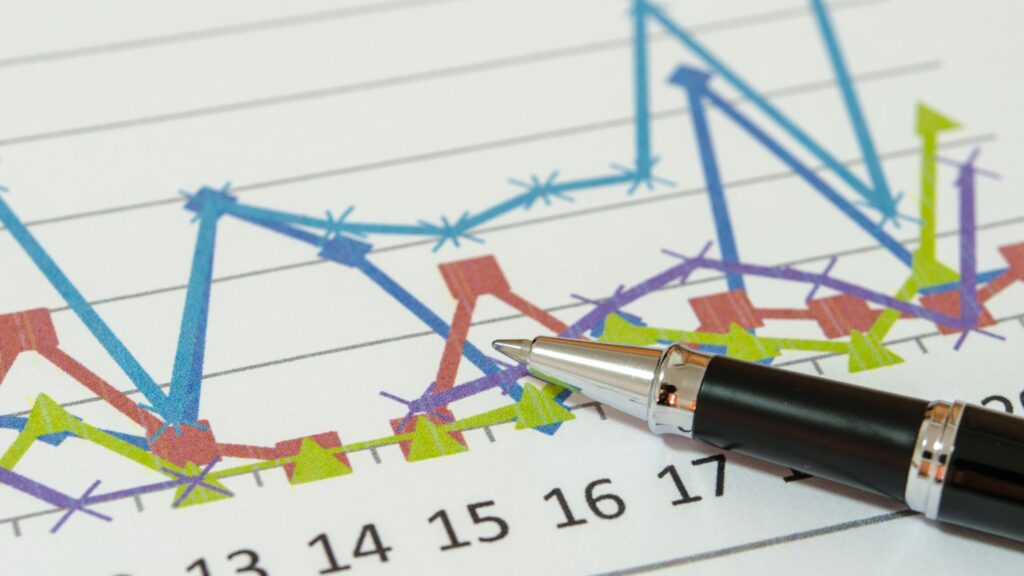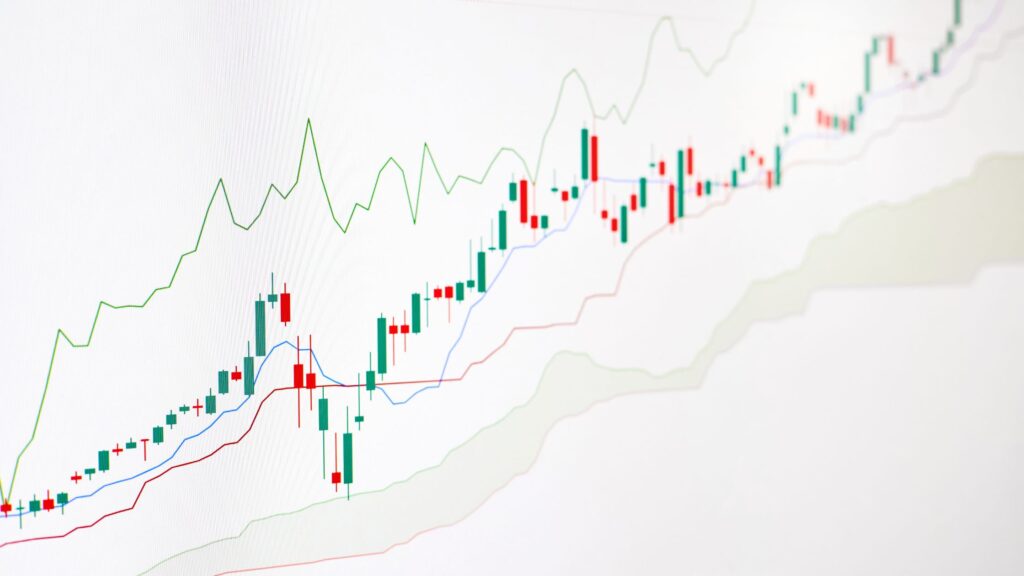The Darden Restaurants stock price has been making headlines lately, and for good reason. As of April 14, 2025, the stock traded near $194.47, showing a near 1.27% upward direction for the day. While that may seem like a minor red flag, investors shouldn’t be too quick to judge. The stock has generated substantial long-term returns, surpassing the S&P 500 over both the one-year and five-year periods. So, is Darden still a strong play for your portfolio? Let’s take a detailed look.

Company Overview: Inside the Darden Dining Empire
Darden Restaurants, Inc. (NYSE: DRI) is one of the most dominant players in the full-service dining industry in the U.S. Founded in 1938 by William B. Darden, the company operates a vast array of brands across the casual and fine dining segments. These include:
- Olive Garden –The largest full-service restaurant chain in the country, specializing in Italian cuisine.
- LongHorn Steakhouse – A staple for steak lovers across the U.S.
- The Capital Grille and Eddie V’s – Both offer upscale fine dining
- Yard House, Bahama Breeze, Cheddar’s Scratch Kitchen, and Seasons 52 – Representing a fusion of flavors and concepts
Headquartered in Orlando, Florida, Darden employs over 191,000 people and serves millions of customers annually. The company’s model of internal brand diversification, efficient management, and customer loyalty has helped it remain relevant in an ever-evolving market.
Stock Snapshot: Breaking Down the Numbers
The Darden Restaurants stock price currently stands at $194.47, slightly down from its one day high of $196.40. Despite short-term volatility, Darden’s long-term growth tells a different story:
- 52-week Range: $135.87 – $211.00
- EPS: $8.86
- P/E Ratio: 21.33 (trailing twelve months)
- Dividend Yield: 2.96%
- Market Cap: $22.11 billion
Over the past year, the stock has climbed nearly 20%, while its 5-year return is a staggering 241.47%. Annualized, that’s about 27.84% %—a level of return that’s hard to ignore.
Financial Performance: Solid Foundation and Sustainable Growth
Darden’s financial health remains a standout feature. In Q1 2025, the company reported:
- Revenue: $3.16 billion, up 6.2% YoY
- Gross Margin: 18.1%, up 1.4% YoY
- Net Income: $323.7 million, up 3.3%
- EBITDA: $548.6 million, up 8.2%
These figures highlight Darden’s consistent ability to manage costs, scale operations and generate profits despite inflationary pressures and labor challenges facing the broader restaurant industry.
Strategic Growth: Why Darden Keeps Winning
One reason investors should continue to monitor the Darden Restaurants stock price is the company’s smart growth strategy. In 2025, Darden has successfully:
- Expanded store count by opening new locations in high-demand markets
- Entered a partnership with Uber to facilitate delivery, modernizing its service model
- Focus on premium brands like The Capital Grille to boost profit margins
- Strengthened loyalty programs and digital capabilities, increasing repeat customer visits
Even more impressively, Darden has chosen acquisitions wisely. Unlike the failed Red Lobster experiment, recent investments align better with its long-term vision and operating capabilities.
Valuation and Analyst Sentiment: What the Pros Are Saying
While some critics argue that the current P/E ratio of 21.57 is a bit rich, many analysts remain optimistic. Guggenheim recently raised its price target for Darden from $205 to $220, citing better-than-expected earnings guidance and efficient cost control.
Here’s how the valuation currently stacks up:
- Price-to-Sales Ratio: 1.92
- Price-to-Book Ratio: 11.34
- Enterprise Value to EBITDA: 54.98

These metrics, while higher than industry averages, reflect investor confidence in Darden’s proven track record and prospects.
Risk Factors: Consider These Before You Invest
No investment is without risk, and Darden is no exception. Here are a few potential headwinds:
- Economic Sensitivity:
In a recession, consumers may cut back on dining out
- Debt Levels:
Long-term debt rose 17.3% YoY to $7.56 billion
- Labor and Food Costs:
These continue to pressure operating margins
- Third-party delivery dependency:
While strategic, partnerships with platforms like Uber can shrink margins if not managed well
Still, Darden’s diversified brand mix and financial discipline allow it to absorb these shocks better than most competitors.
Competitive Landscape: How Darden Stands Out
In a crowded space filled with casual dining brands and emerging fast-casual players, Darden has managed to hold its own. It consistently ranks ahead of competitors in:
- Brand loyalty and customer satisfaction
- Operational efficiency and same-store sales
- Employee retention in a tight labor market
Analysts often compare Darden to Texas Roadhouse or Cheesecake Factory, but few rivals match its blend of scale, variety, and profitability.
Conclusion: Is Darden Restaurants Stock a Smart Buy in 2025?
When evaluating whether to invest, it’s important to look beyond the Darden Restaurants stock price alone. You must consider the company’s leadership, financial strength, strategic initiatives, and future outlook.
From digital innovation to premium brand management and dividend reliability, Darden continues to serve up value on multiple fronts. Short-term market movements may create entry points, but the long-term story remains bullish.

If you’re interested in sustainable and smart investment choices, explore more insights at Crypto Green Force.
Frequently Asked Questions (FAQ)
1. Is Darden Restaurants stock a good investment right now?
Yes. Darden’s consistent revenue growth, solid dividend yield, and long-term market leadership make it a reliable investment for both growth and income strategies.
2. How often does Darden pay dividends?
Darden pays dividends quarterly. As of April 2025, the most recent dividend payout was $1.40 per share, with an annual yield of approximately 2.96%.
3. What is the growth outlook for Darden Restaurants in 2025 and beyond?
The outlook remains strong. With new store openings, enhanced delivery options, and increased consumer spending, Darden is well-positioned to grow earnings and shareholder value in the years ahead.



